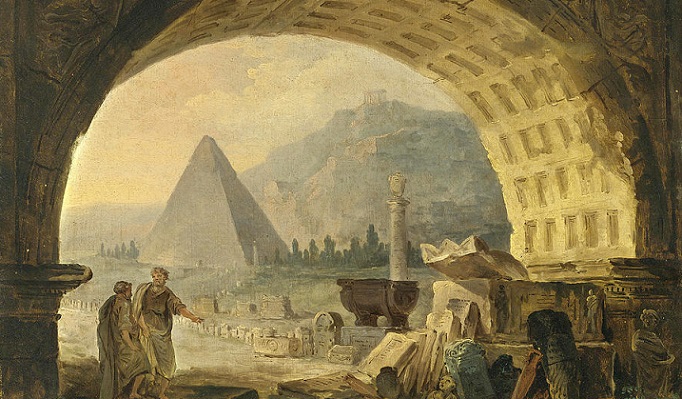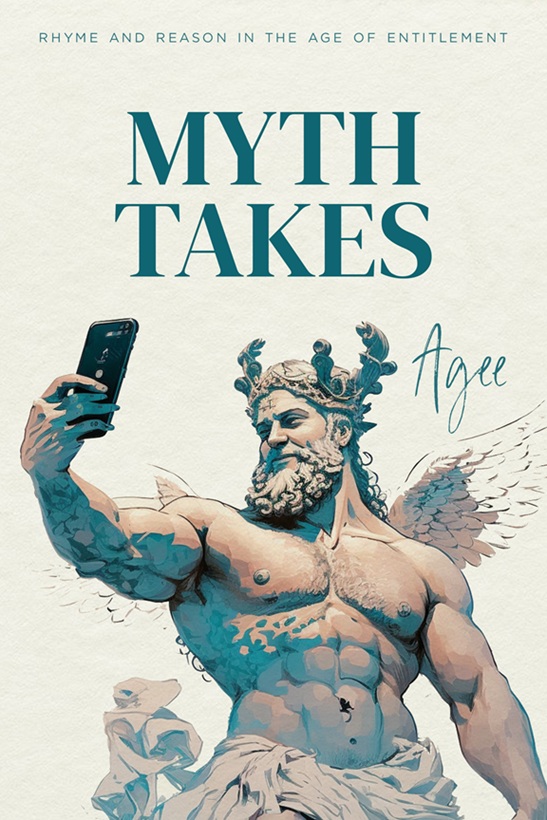I.
Half-man half-beast I seem to be
A thousand years is naught to me
For I watch kings and kingdoms die
Who once were gods, beneath me lie
In plundered graves they rest no more
Yet still I stand, through plague and war
My broken face hath robbed me not
My majesty is ne’er forgot
What am I?
II.
For countless years I worked the land
The unrequited farming-hand
They scarce gave thanks for all my toil
Replacing sea-side sand with soil
So I destroyed them, every thief,
A king became, though of reign brief
My wrath interred their wicked ways
That Men upon their lives might gaze
What am I?
III.
I’ve been a quarry and a fort,
I’ve been a church, I’ve come to naught
But ere my weary bones decayed
I witnessed death and accolade
I drank the blood of many slaves
I bore the warships on my waves
Accursed, my purpose lived full measure
But I live on while pain brings pleasure
What am I?
See if you can guess the answers. Put your guesses in the comments below.
Rupert Palmer, born 1988, lives in Benoni, South Africa where he is a consultant in the mining industry by trade.















#1. Purple mountain majesty?
No, I’m afraid not.
The first is the Sphinx near the pyramids in Egypt.
Spot on, Mr Salemi!
The second has me thinking of erosion or waves. I’m with the other Joe S on the Sphinx. The third is the Colloseum at Rome.
On second thought, my answer is worms for riddle number 2.
Bravo, Mr Spring. You are right about 1 and 3. Number 2 is definitely the trickiest. The answer is a proper noun; that much I will give away.
In Poem II, some of the difficulty in guessing its meaning lies in the ambiguous antecedent of the participle “Replacing” in line four. Does it refer to the word “toil” or does it go with the word “They” at the start of line three?
There would be no problem at all in Latin, where participial forms are declined to agree with their referents. The reader of Latin immediately sees what goes with what, on the basis of inflectional endings. But in English it is always best to place the participle in close proximity to its antecedent, so that there is no ambiguity or uncertainty.
You have a point. It is, in fact, related to the toil (which is to say, it is “I” who replaces sea-side sand with soil). I could offer the argument that this can be discovered through context, since replacing sea-side sand with soil is something a toiling farm-hand might usefully do, but then again, it would seem more obvious to me, as I already know the meaning. Nemo iudex in causa sua.
#2 has to be Mount Vesuvius. Men today gaze on the lives of those destroyed at Pompeii.
Job well done on all three. They really are a showcase of creativity and poetic skill.
Dead on! Well done, and thank-you, sir, for your kind words.